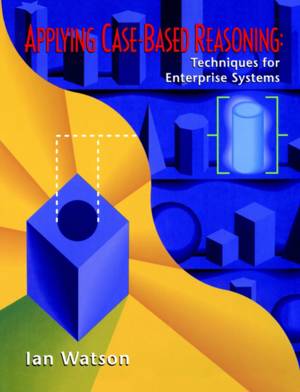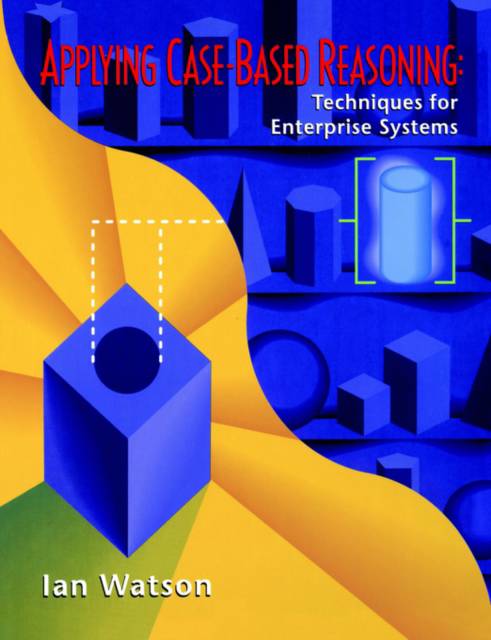
Door een staking bij bpost kan je online bestelling op dit moment iets langer onderweg zijn dan voorzien. Dringend iets nodig? Onze winkels ontvangen jou met open armen!
- Afhalen na 1 uur in een winkel met voorraad
- Gratis thuislevering in België vanaf € 30
- Ruim aanbod met 7 miljoen producten
Door een staking bij bpost kan je online bestelling op dit moment iets langer onderweg zijn dan voorzien. Dringend iets nodig? Onze winkels ontvangen jou met open armen!
- Afhalen na 1 uur in een winkel met voorraad
- Gratis thuislevering in België vanaf € 30
- Ruim aanbod met 7 miljoen producten
Zoeken
Omschrijving
Case-based reasoning (CBR) is an intelligent-systems method that enables information managers to increase efficiency and reduce cost by substantially automating processes such as diagnosis, scheduling and design. A case-based reasoner works by matching new problems to "cases" from a historical database and then adapting successful solutions from the past to current situations. Organizations as diverse as IBM, VISA International, Volkswagen, British Airways, and NASA have already made use of CBR in applications such as customer support, quality assurance, aircraft maintenance, process planning, and decision support, and many more applications are easily imaginable. It is relatively simple to add CBR components to existing information systems, as this book demonstrates. The author explains the principles of CBR by describing its origins and contrasting it with familiar information disciplines such as traditional data processing, logic programming, rule-based expert systems, and object-oriented programming. Through case studies and step-by-step examples, he goes on to show how to design and implement a reliable, robust CBR system in a real-world environment. Additional resources are provided in a survey of commercially available CBR tools, a comprehensive bibliography, and a listing of companies providing CBR software and services.
Specificaties
Betrokkenen
- Auteur(s):
- Uitgeverij:
Inhoud
- Aantal bladzijden:
- 290
- Taal:
- Engels
- Reeks:
Eigenschappen
- Productcode (EAN):
- 9781558604629
- Verschijningsdatum:
- 1/07/1997
- Uitvoering:
- Paperback
- Formaat:
- Trade paperback (VS)
- Afmetingen:
- 188 mm x 246 mm
- Gewicht:
- 562 g

Alleen bij Standaard Boekhandel
+ 294 punten op je klantenkaart van Standaard Boekhandel
Beoordelingen
We publiceren alleen reviews die voldoen aan de voorwaarden voor reviews. Bekijk onze voorwaarden voor reviews.











